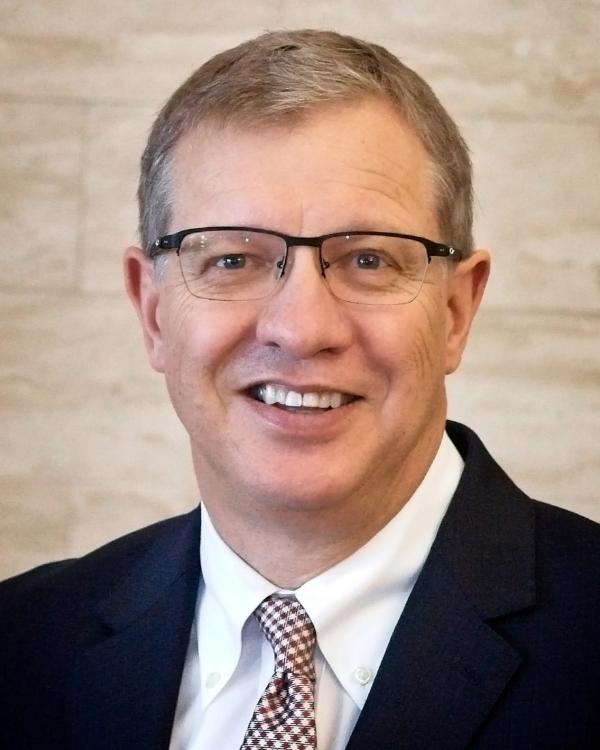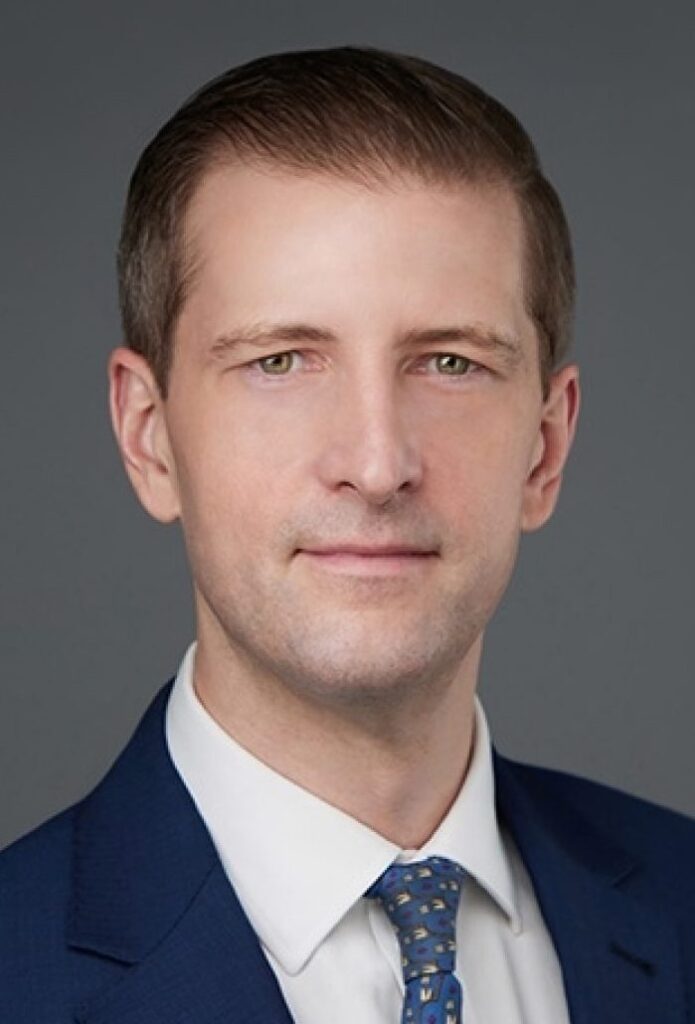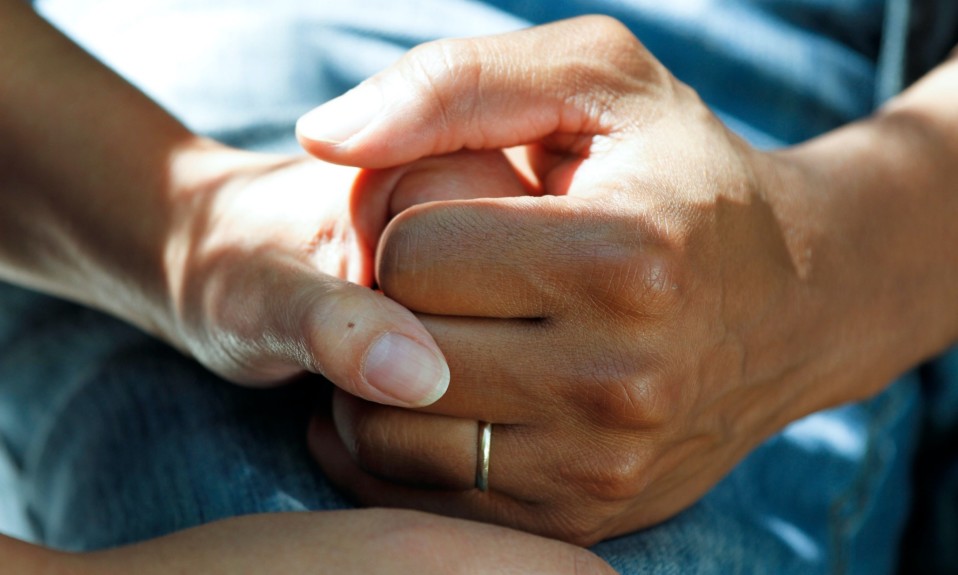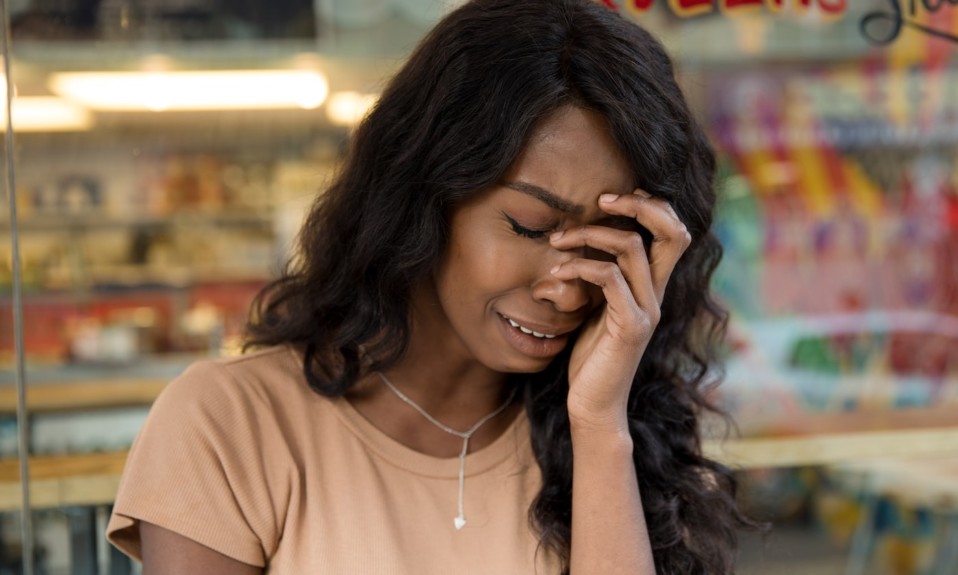Buffeted by the dual crises of opioids and the pandemic, the treatment field is still searching for stability
By Jennifer Taylor
There was a fleeting moment in 2021 when addiction treatment providers believed they’d pivoted enough in the face of the COVID-10 pandemic to reach a new normal. New testing and quarantine protocols were in full swing. Providers launched an unprecedented number of telehealth operations. And, eventually, patients began returning to in-person treatment.
But in the second half of 2021, the pandemic regained momentum with waves of variants—the more severe delta followed by the highly contagious omicron. Now, as we enter the third year of the COVID crisis, its disruptions have left addiction treatment providers worse off than in the first year.

Marvin Ventrell, CEO of the nonprofit National Association of Addiction Treatment Providers (NAATP), has a blunt assessment.
“The devastation that COVID and the broader environment have caused to the substance use disorder treatment field is as bad as it’s ever been,” says Ventrell, whose organization counts about 1,000 treatment centers in its membership. “We are not, as we sit here today, at a position where things look very bright, frankly, for treatment programs.”
The difficulties faced by providers ultimately hurt those seeking treatment the most. According to a 2020 survey, 43% of 165 NAATP members that were polled had reduced patient admissions, almost a third saw patient retention decrease and nearly 15% shuttered facilities and programs altogether.
Despite his grim proclamation, however, Ventrell is quick to add that treatment providers don’t surrender easily to adversity: “That’s not to say that they’re not dealing. They are. And it’s not to say that we won’t find our way out. We will.”
In fact, he likened the current state of the treatment field to an individual on the path to recovery. A critical step, he says, is to take an accurate inventory of the problem. The place to begin is with the addiction crisis that preceded the pandemic.
An Inventory of Compounding Crises
Two converging national crises put the treatment industry in this position. The opioid epidemic was first declared an ongoing federal health care emergency in the U.S. in October 2017. On Jan. 31, 2020, the federal government declared a second national healthcare emergency, the COVID-19 pandemic. Both declarations continue to be renewed, most recently in January 2022. On top of it all is a level of social and economic unrest unparalleled in recent years.
In November, the Centers for Disease Control and Prevention (CDC) updated its provisional drug overdose death counts, reporting 100,306 lethal overdoses in the U.S. over the 12-month period ending in April 2021, the first time the yearly total has ever reached six figures. Officials say the shocking increase in deaths—a 28.5% rise over the previous year alone—is a result of the proliferation of the synthetic opioid fentanyl.
In the face of such issues, the addiction treatment field steeled itself, even as fractures in care began emerging.
Brad Sorte, recently named president and CEO of Caron Treatment Centers, recalls an air of confidence in early 2021 in how the Wernersville, Pa.-based company had stabilized amid the dual crises of the opioid epidemic and COVID. The nonprofit operates eight facilities in four states plus the District of Columbia.
“We were feeling pretty good about the fact that there was this newish normal,” Sorte says.
But as spring 2021 approached, Sorte noted the lag in vaccinations serving as a barrier to that new normalcy, even while the protocols of testing and quarantine held.
By the time of omicron’s rapid spread around the 2021 holidays, Caron’s leadership had pivoted again, with an eye on remaining financially robust as it emerges from the most recent surge.

“Despite the fact that we got thrown these couple curveballs, we’re actually coming into this spring pretty much on plan,” Sorte says.
Less tangible has been the unrelenting toll the crises have taken on treatment center employees. The job in general is stressful and hard. And the uncertainty and added pressures of the past two years of the pandemic have made it harder.
“Everybody’s personal situations were difficult—childcare is more difficult, worrying about loved ones is harder,” Sorte says. “Combine all that, and everybody’s got a little bit less bandwidth and a little bit less emotional capacity.”
A Sicker Society, Fewer Healthcare Workers
As early as 2015, researchers spotted a workforce shortage in behavioral health, with some experts calling the situation “severe.” As the pandemic moved into its second year, that shortage was amplified, as frontline healthcare workers, like those in addiction treatment, began burning out. Others had been furloughed early on in the crisis, when some residential treatment centers had to reduce the numbers of patients they admitted. As a result of the disruption, some staffers left the field altogether. In 2021, the lack of workers exacerbated conditions in addiction treatment centers, because as the pandemic wore on, more people were in need of addiction treatment.
“CEOs report that they have never in 50 years of doing this work seen … that level of sickness of people coming in.”
—Marvin Ventrell, NAATP
Last summer, Ventrell says, the field was looking at the crisis in terms of recovery. It had passed through an emergency stage and toward stabilization. “We were in the process of developing a strategy forward, so that we could live in a new operating environment,” Ventrell says.
But staff members and people seeking care alike were still testing positive. Ultimately, individuals seeking treatment had to be turned away at the door at times. In the past two years, the addiction treatment field has seen millions of new people in need of its services, while those who were already sick became sicker. Omicron’s arrival in December made a challenging situation even more difficult.
“CEOs report that they have never in 50 years of doing this work seen … that level of sickness of people coming in,” Ventrell says.
At the same time, America was undergoing a “great resignation,” with record numbers of people quitting their jobs for something new. The addiction treatment field was not immune.
The mounting labor issues—at one point, 20% of staff at Caron’s Florida location were out as a result of COVID—prompted Sorte to make a crucial decision that kept its operations moving: He capped admissions. The move, Sorte says, allowed the center to support its staff while still delivering care.
As omicron wanes, Sorte sees Caron’s operations once again normalizing. What remains is a staggering number of people still seeking addiction and mental health help.
“We’re not in a stage of stabilization at all at this point in time,” Ventrell says of the field. “We thought that’s where we were headed.”
COVID’s Added Stressors
For people who are prone to substance use disorder (SUD), stressors exacerbate the problem. Nothing illustrates that better than the recent stunning jump in addiction figures. In the five years before the pandemic, the number of people with an SUD in the U.S. had remained constant at around 20 million, according to the 2019 National Survey on Drug Use and Health. By the autumn of 2020, a dramatic rise in substance misuse had become apparent. In that year’s report, the number of Americans with SUD doubled to 40 million.
“That’s an unimaginable increase,” Ventrell says. “That’s how much sicker society became.”
“The impacts of COVID-19 on the American psyche are going to be profound. The trauma, the stress, the mental illness that has been moved from under the surface to active is going to be a big deal.”
—Brad Sorte, Caron Treatment Centers
Isolation, in particular, fuels addiction, Ventrell notes. “People experienced the greatest stressors they ever had in terms of isolation,” he says. “In order to combat addiction, you need community. You need access to care, and you need community to recover. And the pandemic has had the opposite impact. People are sicker and need more care than they ever did before.”
At Caron, Sorte echoes those concerns.
“What worries me,” he says, “is we’re seeing people who have multiple comorbidities. They are coming into treatment with severe substance use disorders, with complicated psychiatric and psychological trauma comorbidities, and they are coming into treatment with complicated medical comorbidities.”
This isn’t to say leaders don’t think the situation will improve. They believe it will, and their role in managing it will be crucial. For Caron, the pandemic has shown its leadership how much more there is to do to address what it sees as its top priority for the foreseeable future: workforce hiring and retention. For example, Sorte says, Caron has already made employee compensation changes—four wage adjustments over a 12-month period.
Other factors have added to what Ventrell describes as a “horrible storm of issues” facing treatment. Among them was the failure of Congress to pass President Biden’s Build Back Better legislation, which included a provision to penalize insurers who violate the Mental Health Parity Addiction Equity Act. That act says if an insurance policy covers substance use disorder, payment must be issued on standards no different from those for medical or surgical treatments. At least one study found that parity violations may have increased during COVID as a cost-savings measure by the insurance industry.
“It seems that the tightening of belts in the insurance field resulted in alleged parity violations,” Ventrell says.
“As horrible as it sounds, our field is optimistic about recovering through this crisis. We’re not deterred, we’re just tired.”
—Marvin Ventrell
Additionally, Sorte recognizes a future wave of youth and young adults who will need treatment programs as a result of the fallout from remote learning, isolation and missed social development during the pandemic.
“The impacts of COVID-19 on the American psyche are going to be profound,” Sorte says. “The trauma, the stress, the mental illness that has been moved from under the surface to active is going to be a big deal.”
Meanwhile, a crucial step for treatment providers in the near term is to meet the three big requirements of the workforce, which are pay, safety and flexibility, Ventrell says.
“As horrible as it sounds, our field is optimistic about recovering through this crisis and operating at peak efficiency,” he says. “We’re not deterred, we’re just tired.”














